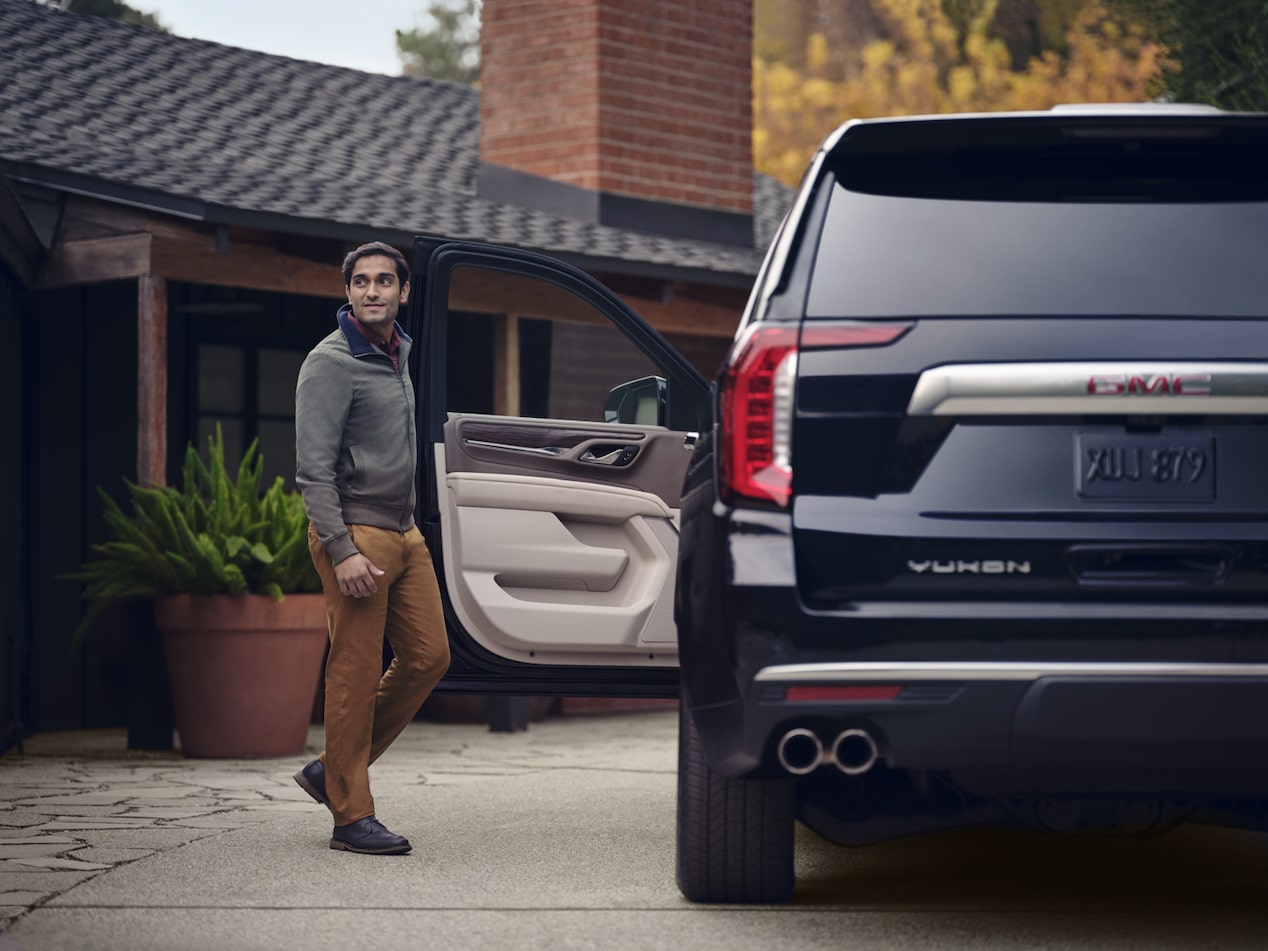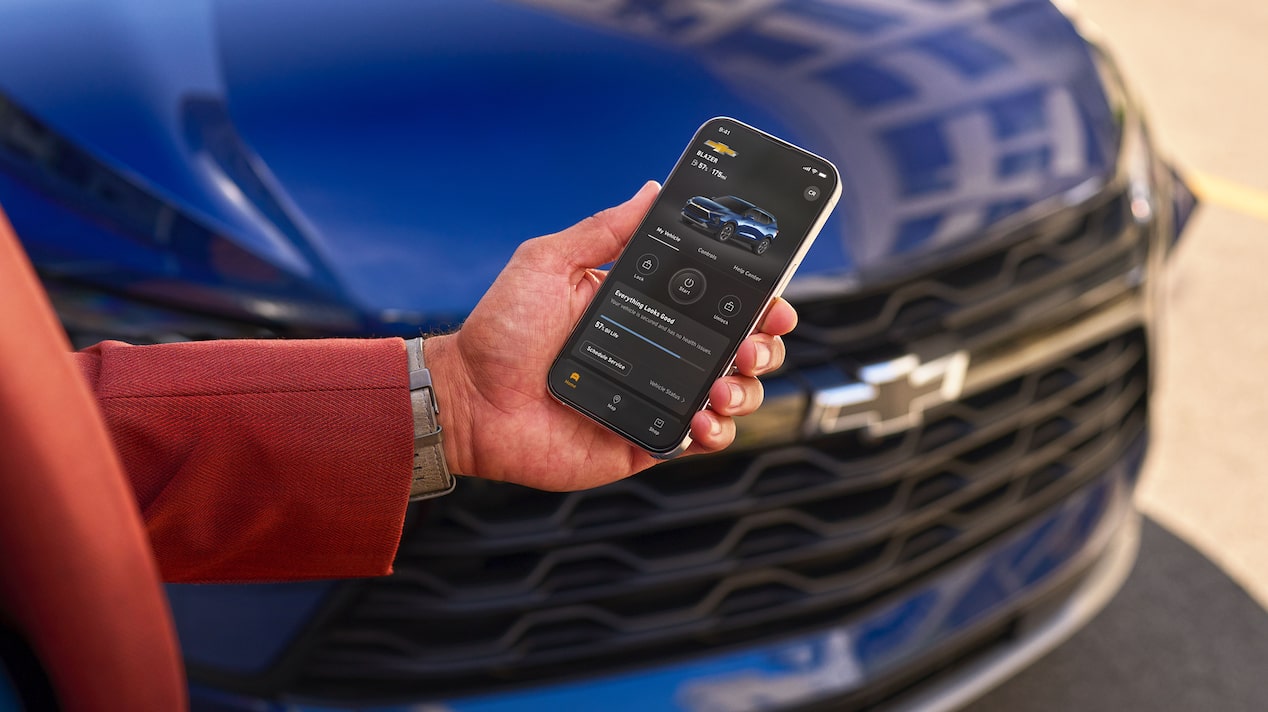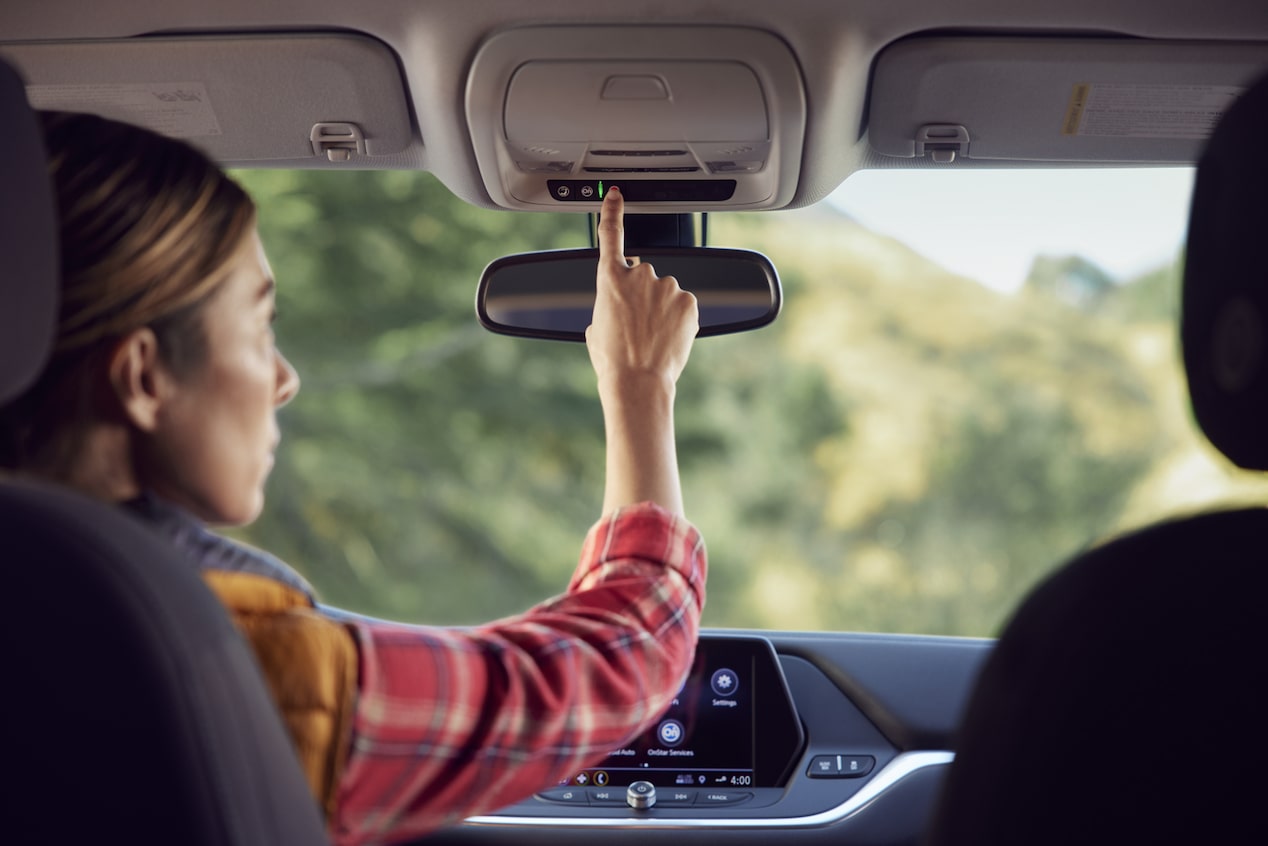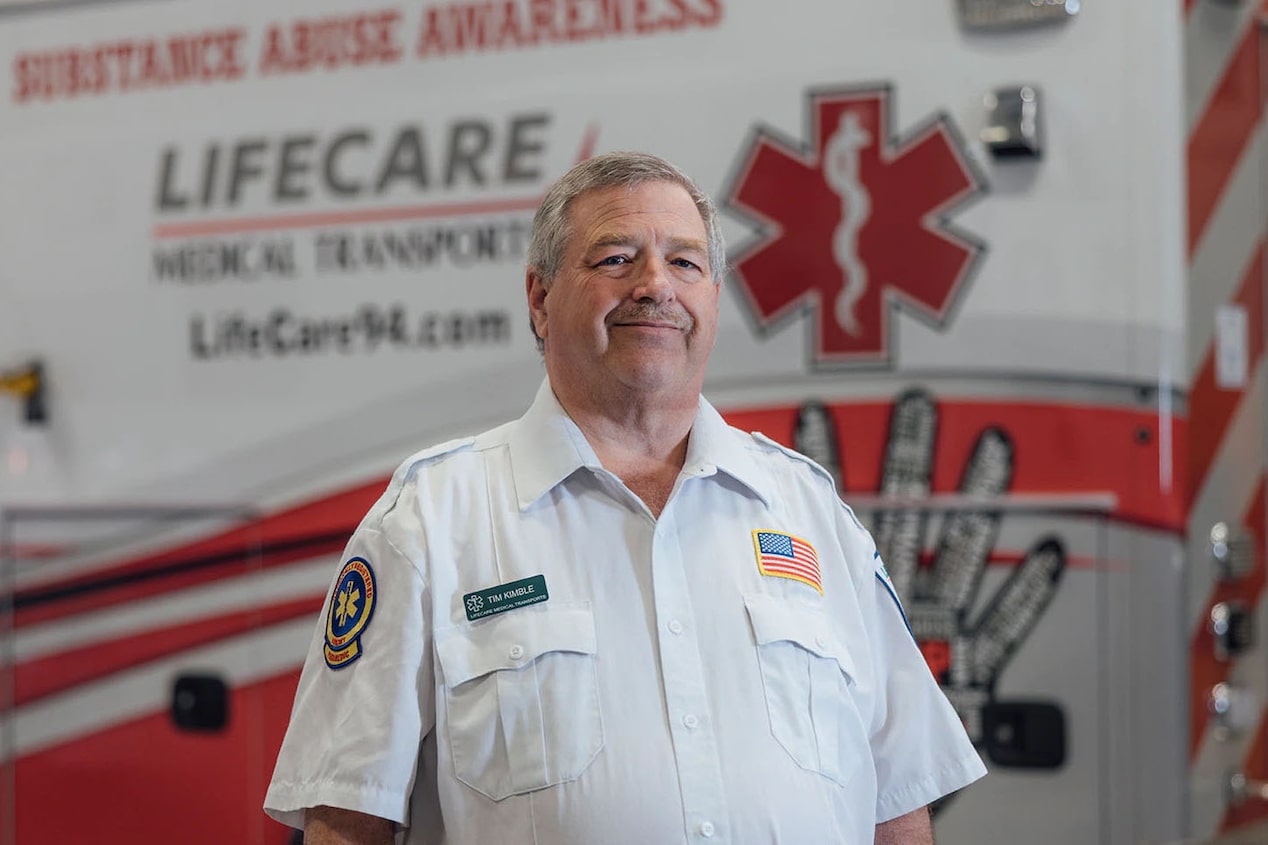There’s never a bad time to get a refresh on driving tips.
Driving is a huge part of life for all of us. While we take for granted the ability to hop in the car and go, it’s important to remember that driving can be dangerous and should be taken seriously by every driver. There were an estimated 42,795 fatalities — that’s more than 115 per day — resulting from vehicle crashes on American roads in 2022, according to data from the U.S. Department of Transportation’s National Highway Traffic Safety Administration (NHTSA).

Of course, OnStar Members know they have access to Emergency Advisors
Even with that added peace of mind, it’s important to take steps to prevent problems on the road.
Here are 9 more tips all drivers should follow out on the road.
#1: Stash away distractions
Being preoccupied with eating, music playlists or talking on the phone is a dangerous way to drive. For 2021, the NHTSA reported that 8% of fatal crashes and 14% of all police-reported crashes involved driver distraction, injuring an estimated 362,415 people and killing 3,522 people. If you can’t give the road ahead your undivided attention, safely pull over or ride as the passenger. Stashing your phone in the glove box is a good way to keep your hands on the wheel and eyes on the road at all times.
#2: Drive smoothly
Instead of accelerating up to a red light, take your foot off the gas and coast for a few seconds before braking. In fact, driving smoothly and carefully is a good tip for all aspects of driving, including steering around corners.

#3: Take advantage of daylight
Driving at night can be risky, due to reduced visibility and drowsy drivers. While it’s not always possible, try to adjust your journey time to drive during the day rather than at night — it can make the journey less stressful and potentially less dangerous. Keep your vehicle’s lights in good working condition, and be sure your headlight switch is turned on or to “auto” at night.
#4: Don’t drive tired
It can be tempting to keep driving for a few hours more on a long road trip or to make a planned journey even if you feel exhausted. However, driving while tired or drowsy can increase your risk of being involved in a crash. On long journeys, take a break every couple of hours or anytime you feel sleepy behind the wheel, and don’t rely on coffee, sugar or other stimulants to keep you alert.
#5: Check your vehicle
Just as you need a checkup at the doctor from time to time, so does your vehicle. For instance, regularly check that all your vehicle’s fluids are topped off and your tires are correctly inflated. If you have an OnStar plan

#6: Check the weather
At any time of year, poor driving conditions can clog up the roadways and make for a more dangerous trip. Before you leave, check the forecast and see if inclement weather — like heavy rain, severe thunderstorms, fog, strong winds or snow — is headed your way. Leaving a bit earlier or later could make a big difference. During winter in cold-weather states, be sure to have low-temperature washer fluid and an ice scraper in your vehicle.
#7: Always look right
When making a right-hand turn, many people only look left. But if you’re turning right onto a two-lane road, you should also look right and make sure a car is not using your lane to pass. It may sound like a small thing, but this extra second could help avoid a head-on collision.
#8: Slow it down
There are many complicated algorithms that all reveal one simple truth: Speeding doesn’t save significant time. But it can eat up your fuel efficiency, put you at risk of a ticket and even increase your chances of having a crash. The NHTSA reported that 29% of traffic fatalities involved speeding in 2021. So observe posted speed limits and ease off the gas a bit.
#9: Look out for others
As an OnStar Member, you have the ability to act as a Good Samaritan when you see somebody else having difficulty on the road — even if they’re not an OnStar Member. Whether you see something as minor as a stray animal on the roadway or a flooded road, or something as serious as a vehicle crash or downed power line, simply push the red Emergency button





